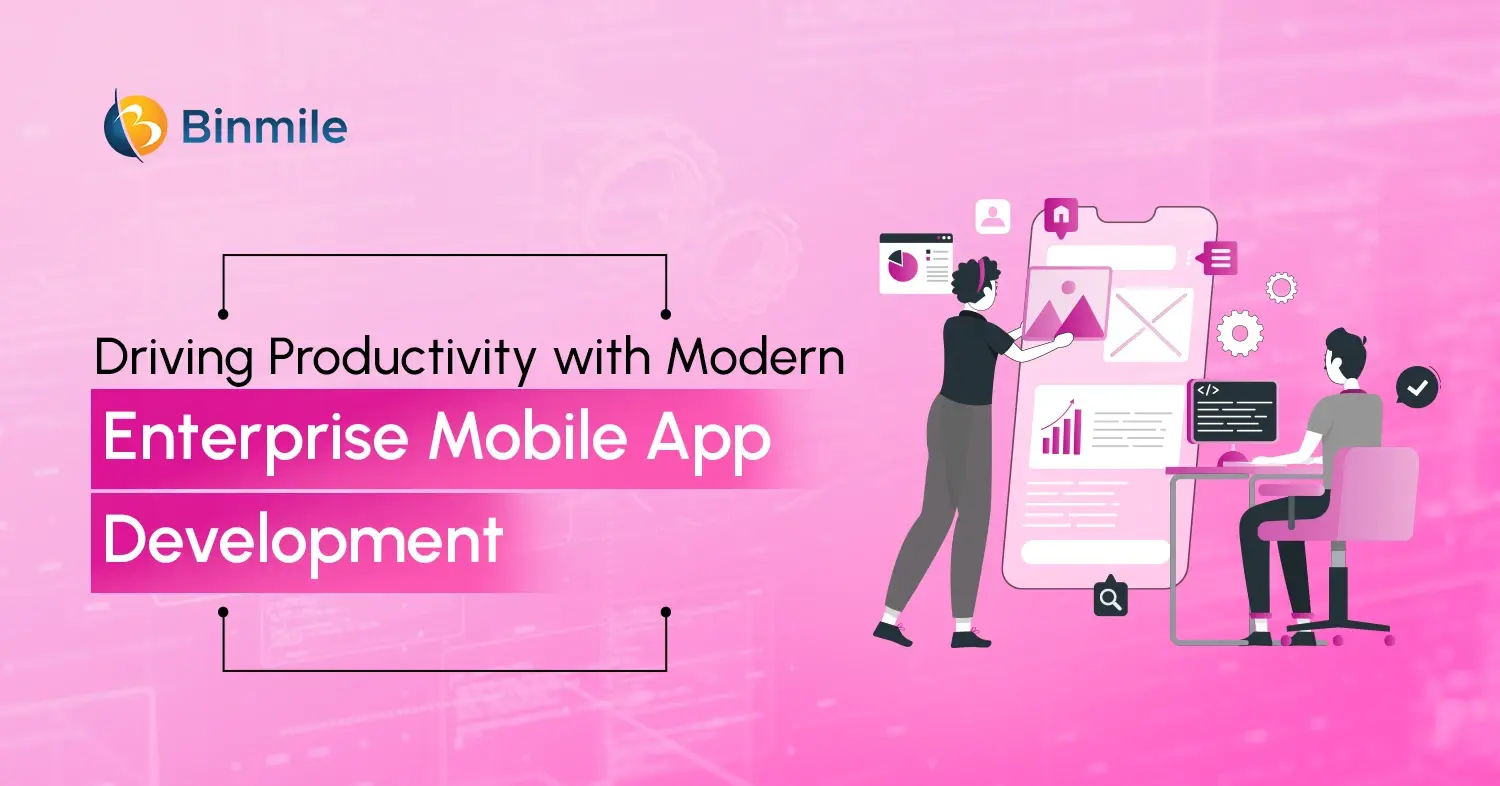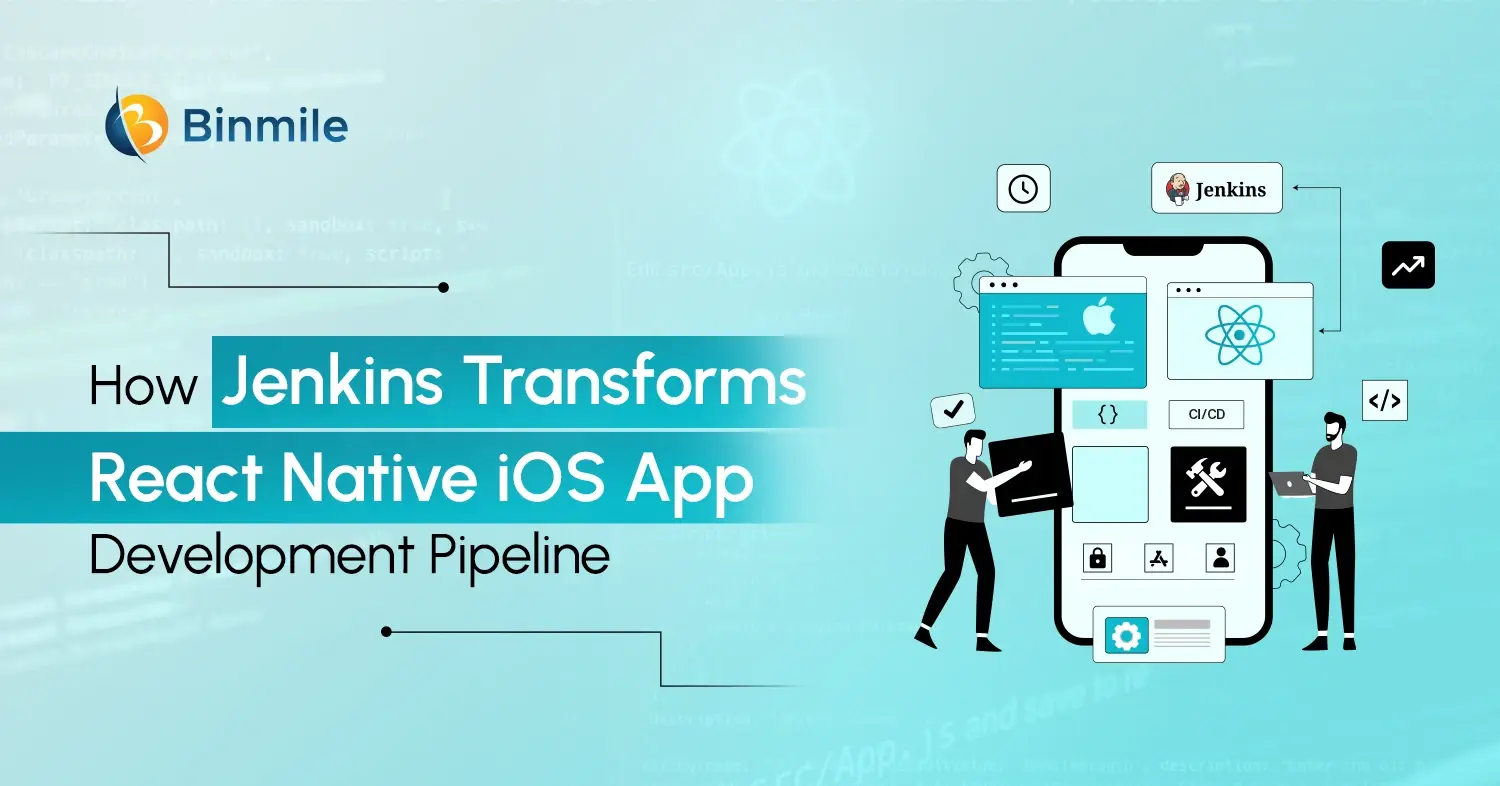- Benefits of Payment Gateway Integration
- cost to implement payment gateway integration
- how payment gateway works
- how to choose to payment gateway integration
- how to effectively do payment gateway integration
- how to integrate a payment gateway
- paypal vs razorpay vs stripe vs authorize.net
- types of payment gateways
- use cases of payment gateway integration
- What is Payment Gateway Integration?
Accepting payments online is essential for businesses of all sizes, and one of the popular payment trends is a payment gateway. It is becoming a necessary tool for companies that acts as a secure link between customers and bank accounts. Once done, the online payment gateway integration processes payments quickly and safely, whether someone is buying a product from your online store or subscribing to your service. According to recent data, the global payment gateway market size was valued at $26.79 billion in 2022 and is projected to show an upward CAGR of 22.2% from 2023 to 2030, highlighting the increasing reliance on secure and efficient online payment systems. Therefore, for enterprise owners, integrating a payment gateway smoothly is a key step to ensuring customers have a hassle-free experience while keeping their operations running efficiently.
Why does this matter? A well-set-up payment system can reduce the chances of customers abandoning their purchases, build trust through secure transactions, and make it easier to grow your business. Sp, whether you are a budding start-up or a small eCommerce business entering this new terrain, you’ll find clear insights to help you succeed with this blog. In this blog, we explore the process of adding a payment gateway, focusing on practical steps on how to integrate a payment gateway to your website or app and important considerations like safety and ease of use.
What is Payment Gateway Integration?
Payment gateway integration is the process of connecting a payment Intergation to your website, app, or other platform so customers can pay you online. This process, often compared to setting up a virtual cash register, involves validating customer payment information and ensuring the money reaches your account securely. It’s a seamless process that happens every time someone clicks “Pay Now” at checkout, and it’s all done in a matter of seconds.
Did you know the global e-commerce market is expected to cross $8 trillion by 2027? This staggering growth potential presents a wealth of opportunities for businesses. Therefore, businesses must take advantage of this upward trend and proactively figure out how to build and manage their payment integration in the future. In addition, other than leveraging the trend payment gateway integration, it also offers more benefits. Such as:
Top Benefits of Payment Gateway Integration
Payment gateway integration offers significant benefits. From enhanced security to increased sales, it’s a tool that can truly transform your business. Let us explore them further:
- Security First: The gateway protects customer payment information to reduce the chances of theft and fraud occurrences.
- Happy Customers: Customers enjoy more straightforward purchasing through the availability of multiple payment choices, including bank cards and mobile wallets.
- Scalability & Flexibility: Your business expansion becomes possible when you implement a payment system that handles increased sales.
- Time-Efficient: A well-executed online payment integration not only improves transaction speed but also streamlines your entire payment flow.
- Increased Sales: It’s simple: when customers can buy online without a hassle, it’s more likely they are to complete a purchase and make repeat sales.
Understanding How Online Payments Work

When a customer enters her card details or chooses a payment method, the platform receives an instant gateway activation. The gateway securely stores payment information and forwards it to banks or payment services for verification before alerting your platform about transaction success or failure. After a successful transaction, the customer receives confirmation, while your business accepts payment.
Also Read: Difference Between Payment Orchestration and Payment Gateway
Common Use Cases of Payment Gateway Integration
- E-commerce Stores: Online retailers benefit from seamless checkouts through their websites.
- Subscription Services: Provides automated recurring billing services to SaaS platforms and membership organizations.
- Online Marketplaces: Payment processing takes place securely when buyers make transactions with sellers through the platform.
- Freelancers & Service Providers: Easy invoicing and payment collection make it easier to offer services and products.
Types of Online Payment Gateways
Different types of payment gateways function differently from one another. Here are the major types:
- Hosted: The payment gateway directs customers to a separate page for their transaction. The process of installation is easy, but it makes your brand look unprofessional. Example: PayPal, Razorpay, Stripe Checkout.
- Self-Hosted: The gateway receives payment information from your site before transmitting it to the payment processor, like Authorize.net, PayU, and CCAvenue. It takes more effort, but it keeps everything consistent.
- Custom-Built: You establish a direct connection with the gateway through its tools to achieve complete control of your setup, which works best for customized implementations—for instance, Stripe API, Braintree, Square.
How Much Does It Cost to Build a Payment Gateway?
The cost of developing a payment gateway product depends on a lot of factors. From the size and expertise of the development team to the chosen tech stack, on average, the payment gateway development typically ranges from $150,000 to $250,000.
Definitive Guide to Choosing a Payment Gateway: Key Factors to Consider
The decision to select the right payment gateway requires careful consideration with a special focus on factors from security to customer support to ensure smooth transactions and operational efficiency. Therefore, we are sharing the following selection criteria to assist you in choosing the perfect payment gateway for your business:

1: Security & Compliance
Online payment processing demands security as its highest priority. All payment transactions processed through a good payment gateway need to meet industry security standards that PCI-DSS compliance ensures. Security measures, including encryption and tokenization, protect sensitive cardholder data against cyber threats. The 3D Secure authentication system provides both fraud prevention capabilities and enhanced transaction security features.
2: Transaction Fees
A payment gateway’s pricing structure includes transaction fees together with setup costs and maintenance charges, which differ between providers. Organizations need to assess these expenses thoroughly to establish their effects on their profit levels. Payment gateways apply two types of pricing models to transactions: flat fees for each deal or rate-based fees that depend on the number of transactions. A payment gateway with a pricing plan that matches your business operations should be your priority selection.
3: Supported Payment Methods
Businesses need to select payment gateways that support various payment methods in order to reach a broader customer base. Businesses accept payments through credit/debit cards, UPI, e-wallets, net banking, and cryptocurrency options. The capacity to handle foreign transactions serves as a crucial element for businesses that wish to expand their operations to international markets.
4: Ease of Integration
The level of integration difficulty differs between payment gateway systems. Developers need to select payment gateways that provide detailed documentation for API d SDKs and plugins that enable straightforward integration. Most payment service providers offer ready-to-use plugins for the WooCommerce, Shopify, and Magento platforms that will allow users who lack technical expertise to establish payment systems quickly. A smooth integration procedure provides developers and merchants with a seamless experience.
5: Customer Support & Reliability
The payment gateway needs to provide continuous customer support for handling transaction problems as well as technical issues and chargeback disputes, which are available throughout the day. A payment gateway needs to demonstrate reliability through high uptime and minimal delays in processing to provide smooth payment experiences to customers. Service-level agreements (SLAs), along with review assessments, will help determine a provider’s reliability before making a selection.
Redefine digital payments with custom mobile apps, enabling hassle-free payment gateway integration to deliver seamless user experiences & drive business growth.

PayPal vs RazorPay vs Stripe vs Authorize.Net: Which Is Better for Your Business?
| Feature | PayPal | Razorpay | Stripe | Authorize.net |
|---|---|---|---|---|
| Ease of Integration | Medium | High | High | Medium |
| Transaction Fees | 3.49% + fixed fee | 2% – 3% | 2.9% + fixed fee of $0.30 | 2.9% + fixed fee of $0.30 |
| Security Features | PCI-DSS, Fraud Protection | PCI-DSS, Fraud Protection PCI-DSS, Tokenization | PCI-DSS, Encryption, Fraud Detection | PCI-DSS, Advanced Fraud Detection |
| Recurring Payments | Yes | Yes | Yes | Yes |
| Best For | Small businesses, international payments | Indian businesses, startups | Developers, SaaS, E-commerce | Enterprise solutions |
Payment Gateway Integration Process: 7 Essential Steps
Integrating a payment gateway is crucial for businesses looking to accept online payments securely and efficiently. Whether you run an e-commerce website, a subscription service, or an on-demand app, having a seamless payment system improves user experience and boosts sales. Let us walk you through the seven essential steps of integrating a payment gateway successfully.

1. Choose the Right Payment Gateway
The initial essential step in integration begins with selecting an appropriate payment gateway. The factors on which your choice depends are transaction fees, security features, and the geographical locations you serve. Payment gateways operate through two models, which are either hosted or non-hosted, where customers either go to a third-party payment page or the payments happen directly within your website.
- Ensure the payment gateway supports your business model, preferred currencies, and platforms.
- Look for multi-currency support, fraud detection, and recurring billing options.
- Check transaction fees, setup costs, and any hidden charges.
- Ensure the provider follows PCI-DSS (Payment Card Industry Data Security Standard) for secure transactions.
2. Set Up a Merchant Account
You need a merchant account to process credit/debit card payments. Payment gateways either provide integrated merchant accounts or direct you to establish a separate merchant account through either a bank or payment processor.
- Research the requirements for opening a merchant account and the approval timeline.
- Submit business registration details, tax information, and financial statements.
- Ensure the merchant account works smoothly with your selected payment gateway.
- Understand how long it takes for funds to be transferred to your business bank account.
3. Obtain API Credentials
You need to add payments to your website or app after establishing your merchant account and payment gateway by obtaining API credentials. The credentials required to use the payment system include API keys, along with authentication tokens and security certificates.
- Register with the payment gateway provider to access developer tools.
- Obtain sandbox (testing) and live mode credentials.
- Familiarize yourself with API endpoints, request-response structures, and error codes.
- Store API keys securely to prevent unauthorized access.
4. Integrate Payment Gateway with Your Website/App
The technical implementation of payment gateway integration to your website or application starts at this point. The integration process uses pre-built plugins, SDKs, or direct API connections.
- Platforms like Shopify, WooCommerce, and Magento offer built-in payment gateway plugins.
- If you’re developing a mobile application, use iOS and Android SDKs provided by the payment gateway.
- Customize API integration lets you build a custom checkout experience so you can write server-side code to communicate with the payment API of your choice.
- Use SSL/TLS encryption to protect sensitive customer data.
5. Implement Payment Processing and Error Handling
After integrating the gateway, you must ensure smooth payment processing and handle errors efficiently. A reliable system protects against payment breakdowns, which leads to customer satisfaction and retention.
- Send secure payment requests from your website or app to the gateway.
- Implement error handling for scenarios like declined payments, expired cards, or insufficient funds.
- Display instant success or failure messages to customers to avoid confusion.
- Maintain transaction logs for debugging and resolving payment disputes.
6. Test the Payment Gateway
Thorough testing before launch ensures that your payment system operates correctly in every situation. The majority of payment service providers enable customers to test their systems through sandbox testing environments.
- Perform test payments using different payment methods (credit cards, debit cards, wallets, UPI, etc.).
- Verify payment success, failure, refunds, and chargeback scenarios.
- Ensure the correct response codes are returned for each transaction type.
- Conduct vulnerability assessments to prevent fraud and data breaches.
7. Go Live and Monitor Transactions
Your business should start processing real-money transactions but ensure the security of your customers’ data throughout this process. In addition, continuous monitoring may help you detect system flaws and maintain its performance.
- Replace sandbox API credentials with live production keys.
- Track failed transactions and identify recurring issues.
- Use the gateway’s fraud detection tools to prevent suspicious activities.
- Analyze checkout performance and make improvements based on customer feedback.
Also Read: Payment Orchestration in E-commerce
How Binmile Simplifies Payment Gateway Integration for Small Merchants
PeLocal is a digital software and application platform that fosters a safe and secure ecosystem driven by continuous innovation and technology. Recognizing the growing demand for digital payment solutions, PeLocal embarked on a journey to empower small merchants and daily vendors—many of whom primarily deal in cash—with an efficient and user-friendly payment collection system.
Scope of the Project
The project aimed to develop a robust and scalable fintech application built on an API-led strategy that ensured seamless payment platform integration with third-party services. leveraging the latest digital technologies and platforms to create a comprehensive payment solution.
Challenges & Solutions
PeLocal faced the challenge of addressing the payment collection needs of small merchants and daily vendors who relied heavily on cash transactions. These vendors required a solution that was not only user-friendly but also efficient and scalable to support their business growth.
Binmile tackled this challenge by developing a fintech application tailored to these requirements. with support for multiple payment gateway integration to offer flexibility to vendors and merchants .The development process involved delivering a Minimum Viable Product (MVP) within a tight timeline to ensure PeLocal could seize critical market opportunities. For this, we ensured that regular deployments were planned and executed to enhance the application further, adapting to user needs and integrating advanced digital technologies. Leveraging an API-led strategy, Binmile ensured seamless connectivity with third-party systems, thus addressing scalability concerns and enabling the digital software and application platform to maximize its market potential. Read the complete success story of PeLocal.
Key Highlights
- 45% increase in Development Speed with CI/CD Pipeline Implementation
- 30% reduction in Development Time
- 500+ merchants onboarded within the first two weeks of the MVP launch
Ready to streamline payments? Let our experts integrate a seamless payment gateway Intergration into your React Native app or existing platform.

Key Takeaways: Payment Gateway Integration
It is crucial for your business to not only successfully integrate payment gateways but also find the right payment gateway. This takes careful evaluation of your specific business needs, considering transaction volume, customer base, and future growth plans. Making the right payment gateway is crucial because it not only ensures customer data is safe but also defends your business against fraud, legal risks, and damage to its reputation. Thus, taking time to make an informed decision will pay dividends through higher conversion rates, lower costs, and enhanced customer satisfaction.
Hopefully, this blog has given an in-depth insight into how to do payment gateway integration and key factors to consider before you make the choice. After all, the right payment gateway serves as the foundation of your business, especially if you want to develop an eCommerce strategy. Additionally, partnering with mobile app development services not only provides you with high-functioning apps but also seamless end-to-end payment gateway integration, ensuring a smooth and efficient payment process for businesses of all sizes – from scaling startups to global enterprises.
Frequently Asked Questions
Online payment gateway integration provides customers with a smooth, secure, and fast checkout experience. It improves customer trust, increases conversion rates, and helps businesses manage transactions efficiently while expanding their market reach.
The payment gateway integration process typically includes selecting a suitable provider, obtaining API credentials, integrating the payment gateway APIs into your platform, testing the system for security and functionality, and finally going live.
The duration for online payment gateway integration can range from a few days to a few weeks. Factors like platform complexity, provider APIs, and customization requirements influence the integration timeline.
To secure the payment gateway integration process, businesses must implement SSL encryption, ensure PCI-DSS compliance, use tokenization, and set up fraud detection and prevention systems to protect customer data.
Before beginning online payment gateway integration, consider factors like supported payment methods, transaction fees, ease of API integration, security standards, customer support availability, and compatibility with your business platform.
Hiring experts ensures that your payment gateway integration process is fast, secure, and error-free. Professionals can handle complex customizations, troubleshoot technical issues, and optimize the payment experience for your customers.









